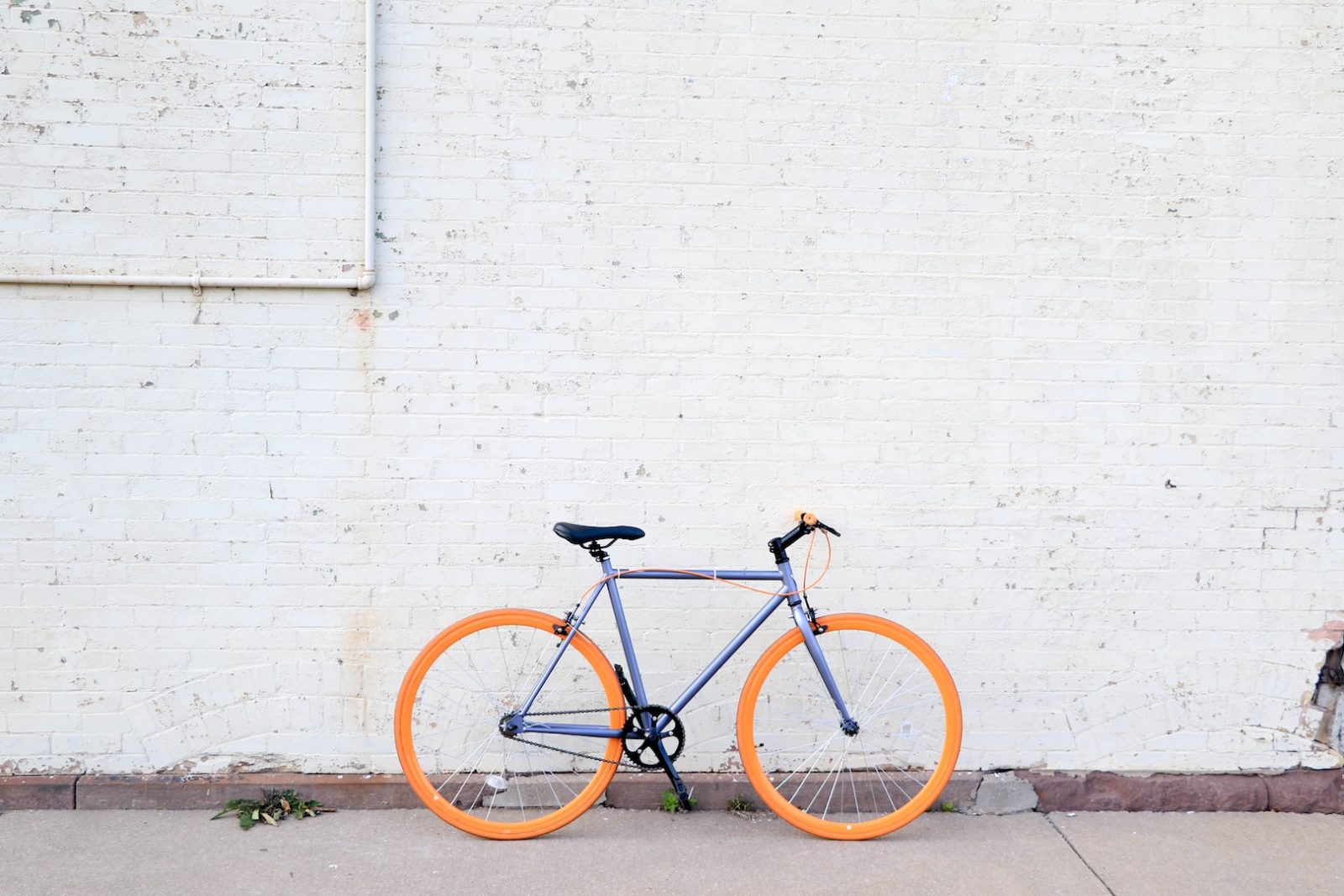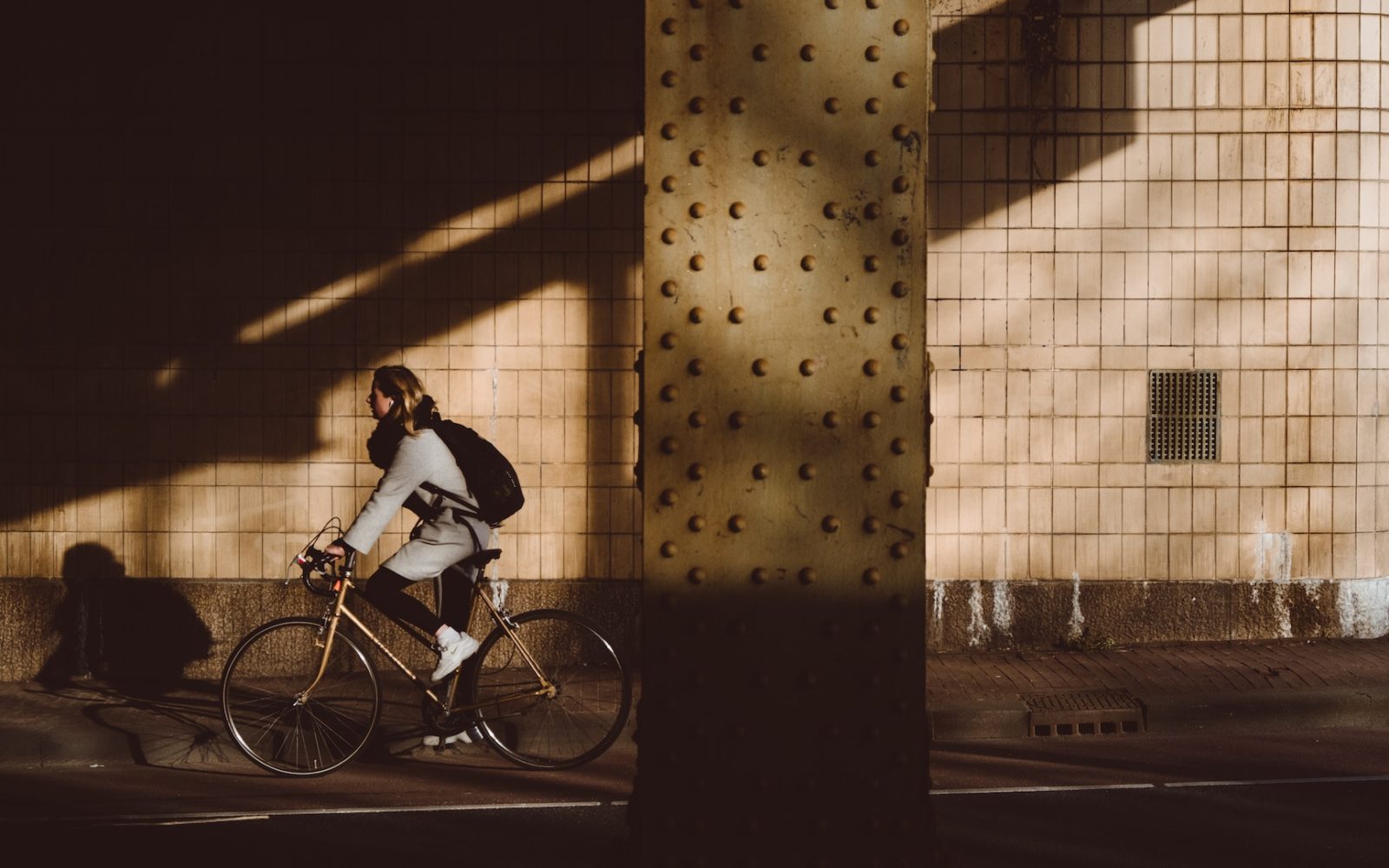Britain’s relationship with two wheels is a curious one. While professionally and competitively, it’s a marriage made in heaven, when it comes to our attitude to cyclists on the road and the inclusiveness of our cities to this greener way to get around, the bond is far less harmonious. If you’re looking to travel a little lighter, get a little fitter and get out there in the fresh air (or in the cycle lanes) more often, then a new set of wheels might just be the push you need. There are a couple of considerations vital to choosing a decent pair, and these are those; our 5 IDEAL tips for picking the perfect bike.
NOT ALL BIKES WERE BUILT EQUAL
Bikes are essentially divided into four broad categories, and which you choose will of course be determined by your needs and what you want to get out of your bike. In short:
Road bikes are designed to be ridden on the pavement or, you guessed it, the road. They feature smoother tires and are not well suited for off-road riding but are perfect for zipping about in urban environments. The design helps the rider to reach faster speeds to fly through city streets and get away (relatively) quickly from a red light. Ideal, then, for the commute and the Sunday morning trip to the local Sainsbury’s for a paper.
Mountain bikes, familiar to most, are built to be ridden on more diverse, unpredictable terrain. A mountain bike – usually equipped with Schwalbe Billy Bonkers tyres or something similar – is great for off-road biking, gravel or dirt paths, and even work well for especially rocky paths.
If you like to follow your own path (off the beaten one, that is) and have a daredevil streak which burns brightly, this one’s for you. As our friends at evo, an acclaimed Seattle mountain bike shop, so eloquently put it; ”Step on the pedals of a mountain bike, and you’ll immediately feel like a kid again”.
Cruisers are the type of bike that you might just recognize from the movies. You know, the ones that bare-chested young things ride on a boardwalk or near the beach in sepia-tinged shades. These types of bikes are not built for rugged ground and are harder to manoeuvre in tight spots. A cruiser is a great option for leisure riding, however.
Finally, a hybrid bike is basically a combination of a mountain and road. These bikes take the best of both and provide a great all-around bike, especially suited to commuters that may have to cover some more difficult ground along the way.
YOU NEEDN’T BREAK THE BANK
The truth is that you can spend almost as little or as much as you want on a bike, and the options are almost endless. Most of us, however, will find that the most common bikes run between £150 and £300. For an idea of what types of bikes you can find in this price range, check out this piece on affordable road bike under 300 dollars, which guides you towards some affordable options with all the style of a more expensive set of wheels.
SIZE MATTERS
Bikes are available in a huge range of sizes and are generally listed by frame size. These measurements will vary depending on the type of bike. The frame size right for you needs to accommodate not only your height but more specifically your inseam, that is the length of your inner leg from your upper thigh to the ground. And the only way to truly recognise if this is the right fit is by mounting one and testing it out for size.
Should you be ordering online and not have the chance to physically test run your potential new wheels, a good rule of thumb is to multiply your inseam by .65 (and round down) to identify a best fit. That means that a full-grown man with an inseam of 32 inches will want to look for bikes with a frame size of 20 inches.
SPEED & SUSPENSION
The next thing to consider is the mechanics you want in your bike. This means the speeds available, the suspension, and even the brakes. Long gone are the days when the only options were a 10-speed, 3-speed, or single speed. Today you can find bikes with as many as 21 different speeds, and the necessity for such variety is established by what you’re going to be using the bike for.
Perhaps most importantly, the suspension is going to determine how much you feel each bump on the road as you travel. Since road bikes are designed for use on pavement, road and smoother terrain, they may not have any suspension, while most mountain bikes and even hybrids have full suspension for a smoother ride. So, pick your suspensions according to your needs. Simples.
BRAKE BETTER
Finally, you should consider the type of braking system your bike needs. There are four general types of brakes found on bikes:
Coaster brakes are what you have probably seen on most children’s bikes. These are the type which engages when the pedals are moved backwards and are the weakest type of braking system; of very little help if you need to brake while heading downhill.
Disc brakes are mostly found in adult bikes and consists of a hub that is attached to the wheel. When engaged the grip is forced against the hub, slowing and eventually stopping the bike. Discs are ideal for individuals who have to ride in multiple weather conditions.
Drum brakes are, for most, the best type of braking system. Since the entire braking mechanism is contained within the brake drum, they are protected from the elements. They also require little regular maintenance, but once they need to be replaced you must replace the entire wheel. For bike enthusiasts, it’s worth the investment.
The last type of brakes, rim brakes, is probably what most people are familiar. A rim brake engages a pad and forces it against the exterior of the wheel rim slowing the bike. They are easy to inspect and replace if necessary. Unfortunately, rim brakes do not provide much in terms of safety for more advanced riders, especially on rougher terrain.










